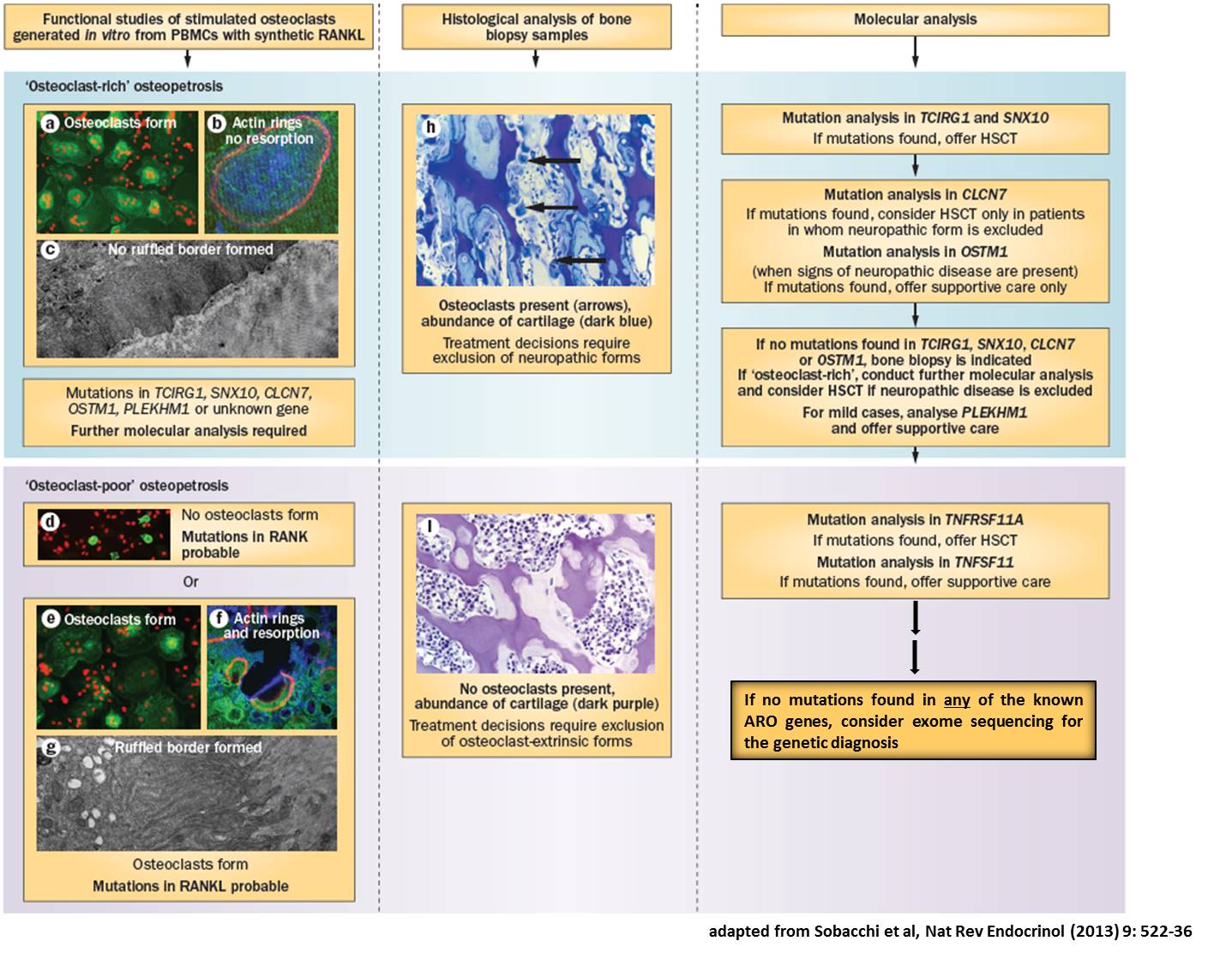- Home
- About
- Partners
- Newcastle University
- University of L'Aquila
- University of Manchester
- Alacris Teranostics GmbH
- University of Pavia
- Polygene
- Consiglio Nazionale delle Ricerche
- INSERM
- Certus Technology
- Charité Universitaet Medizin
- GATC Biotech
- University Medical Center Hamburg Eppendorf
- Evercyte GmbH
- University Hospital of Cologne
- PRIMM Srl
- University of Freiburg
- University of Antwerp
- Finovatis
- Research
- SYBIL at a glance
- Bone
- Growth plate
- Desbuquois dysplasia
- Diastrophic dysplasia
- MCDS
- Osteopetrosis
- Osteoporosis
- Osteogenesis imperfecta
- Prolidase deficiency
- PSACH and MED
- Systems biology
- SOPs
- Alcian Blue staining
- Bone measurements
- BrdU labelling
- Cell counting using ImageJ
- Chondrocyte extraction
- Cre genotyping protocol
- DMMB assay for sulphated proteoglycans
- Densitometry using ImageJ
- Double immunofluorescence
- Electron microscopy of cartilage - sample prep
- Extracting DNA for genotyping
- Grip strength measurement
- Histomorphometry on unon-decalcified bone samples
- Immunocytochemistry
- Immunofluorescence
- Immunohistochemistry
- Quantitative X-ray imaging on bones using Faxitron and ImageJ
- Skeletal preps
- TUNEL assay (Dead End Fluorimetric Kit, Promega)
- Toluidine Blue staining
- Toluidine Blue staining
- Von Kossa Gieson staining
- Wax embedding of cartilage tissue
- Contact Us
- News & Events
- Links
- Portal
Osteopetrosis
The “osteopetroses” (literally "stone bone", also known as marble bone disease and Albers-Schonberg disease) are a group of clinically and genetically diverse rare bone diseases sharing the hallmark of increased bone density on radiographs. This pathological feature results from abnormalities in either differentiation or function of the bone cells (osteoclasts). Among the various forms, the malignant, Autosomal Recessive Osteopetrosis (ARO) is the most severe in that it affects children in their early life and leads to death if not adequately treated. ARO is characterized by dense but fragile bones, narrower bone marrow cavity leading to a reduced number of blood cells and an enlargement of liver and spleen; cranial nerve compression, blindness and/or deafness; and a few additional multi-systemic changes, including severe neurological defects. At present, the only therapeutic option is Hematopoietic Stem Cell Transplantation (HSCT) which should be performed as soon as possible in order to obtain a major benefit by avoiding the establishment of irreversible defects. Unfortunately, in some cases delays in diagnosis occur, due to ARO rareness and to the presence of complex phenotypes which may be misinterpreted. In this context, the identification of the specific molecular defect will allow to unequivocally draw the clinical diagnosis.

Human ARO results from mutations in many genes (genetically heterogeneous). 7 different genes have been described to date, corresponding to as many subgroups of patients with unique characteristics. Five genes encode proteins with an essential role in osteoclast function, in particular in the acidification of the resorption lacuna and in the endosomal trafficking. Mutations in these genes cause osteoclast-rich ARO forms in which osteoclasts are abundant, but display a severely reduced resorptive activity. They are the TCIRG1 gene, encoding the a3 subunit of the ATP-dependent vacuolar proton pump; the CLCN7, coding a chloride anion-proton antiporter; the OSTM1, coding a b subunit of CLCN7; the PLEKHM1 gene, coding a protein involved in vesicular trafficking, and the recently described SNX10 gene, coding a protein of the sorting nexin family, which plays important roles in cargo sorting and membrane trafficking in the endosomal pathway. On the other hand, the osteoclastogenic process appears to be affected in the osteoclast-poor RANKL- and the RANK-dependent forms, due to the indispensable role of the RANKL-RANK signaling pathway in osteoclast differentiation.
Regarding the patients’ management, in general in TCIRG1-, RANK- and SNX10-dependent ARO cases HSCT is the elective treatment because it importantly improves the bone and hematological defect; in patients with OSTM1- and RANKL-dependent ARO, HSCT is not applicable for different reasons (the extremely severe neurological defects, in the former group; the presence of a cell non-intrinsic defect, in the latter); in CLCN7-dependent ARO HSCT appropriateness has to be carefully evaluated in each case, based on the severity of the central nervous system (CNS) deficit.
The group at the CNR is interested in the molecular dissection of the disease, exploiting traditional approaches as well as next-generation sequencing techniques. In addition, thanks to the availability of two animal models of human osteopetrosis (namely, the oc/oc mouse, carrying a defect in the tcirg1 gene, and the Rankl-/- mouse), the group has reported the correction of the disease through in utero transplantation of either bone marrow cells or fetal liver cells, in the former model, and through the pharmacological administration of RANKL, in the latter model. The laboratory is currently working on the development of new therapeutic approaches, including induced pluripotent stem cells (iPSC) generation, correction and differentiation towards the hematopoietic lineage, and Mesencymal Stem Cell Transplantation.


